Myocardial infarction, or simply, heart attack, is one of the major ailments leading to human fatality, especially in a country such as India, due to sedentary lifestyle and diet. It is crucial to take immediate actions to identify a cardiovascular disease and rush the patient to the hospital. But the main challenge lies in recognising the symptoms of the ailment. Lack of handy devices at home or even with the nearest doctors at their clinics leads to loss of precious time, and in turn, unfortunate consequences. To fight this major shortcoming, Anuj Sharma, founder and Lead Scientist of Anusandhan Technologies, designed and developed a portable electrocardiography (ECG) and analyzer called CardioMon.
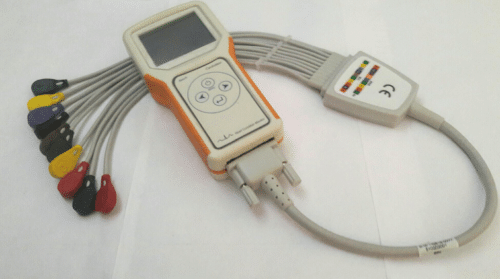
The origin of CardioMon
Anuj ideated CardioMon during his Masters years. Myocardial infarction has indirect symptoms, like back pain, shoulder and arm ache, acidity and so on, to which people cannot relate with the root cause at the onset of symptoms. Ideally, the victim should be in the hospital within an hour (called the Golden Hour) in order to reverse the effects of the condition. But the unawareness and lack of any portable ECG or analysis device to substantiate the condition creates concerning delay in action.
Anuj recalls, “One of my relatives was experiencing symptoms of a heart attack and was about to board a train. Since there was no device to detect it, he had to be rushed to the hospital just in the nick of time before the problem grew serious. Experiencing this problem first hand, I decided to use my expertise in electronics and embedded systems to see if we could find a solution”.
While working on the project, he observed that even most general physicians, who are the first ones to be contacted by patients, do not have an ECG machine at their clinics or carry them during their home visits. This is due to the high cost and form factor of the existing conventional bulky ECG machines in the market. As a result, they have to send patients to hospitals to get the ECG test done. Critical time is lost in this way, let alone causing more stress to the patient under these circumstances instead of providing any preliminary medication.
Anuj took this challenge up as a personal research project to use Digital Signal Processing(DSP) techniques to detect myocardial infarction. He says,” After four years of research, iterative design and development, we gradually got success on our prototype. I redefined the design, ensured the accuracy and shaped it into a complete product called CardioMon.”
The device can be purchased by medical institutions, doctors, paramedics as well as end consumers. With CardioMon, real-time echocardiogram (ECG) can be displayed and being Bluetooth enabled, the results can be recorded on a portable 3-inch Bluetooth printer.
The working design
Simply put, CardioMon is a miniaturised, hand-held, battery-operated 12-lead ECG monitoring and analysis device, to enable patients and doctors take immediate informed medical decisions during cardiac emergencies.
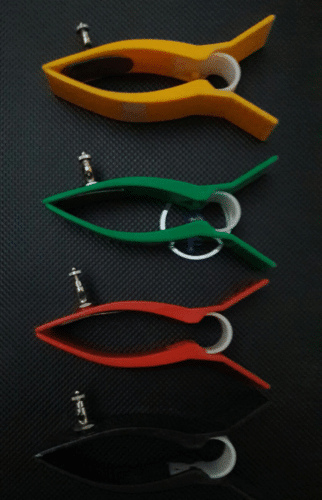
The CardioMon device (ECG Monitor and Analyser) has an inbuilt 320×240 pixel TFT Colour LCD display to view the results. The input is drawn through 10 electrodes – four clamp electrodes to be connected to four limbs, and six bulb electrodes to be placed on the chest at specific positions. An ECG cable is provided in the box to connect the electrodes to the CardioMon device. The electrodes can be placed directly on the body, or can be used with an ECG gel to improve contact. Like any standard 12-lead ECG device, it can provide 12 ECG waveforms. Based on these signals, the devised algorithm provides a preliminary indication in case of myocardial infarction.
Testing the accuracy of the device and its myocardial infarction detection algorithm was a key activity in the design lifecycle. An ECG simulator was used to perform the testing. “ECG signal is in millivolts – so accuracy is extremely important at this level of granularity.”, says Sharma.
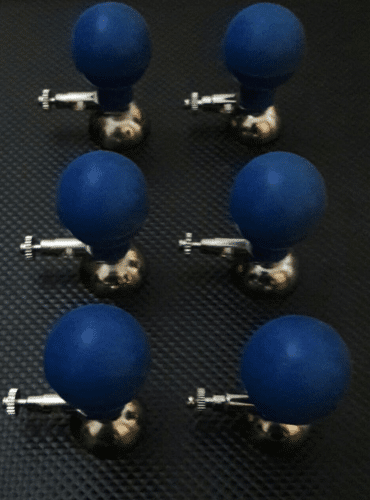
Furthermore, they have also developed an exclusive vest for their device to allow end consumers to take accurate ECGs easily. “The electrodes have to be placed in very specific positions to get the right results. While that is easy for doctors and paramedics, patients are mostly not aware. To address this, we have designed a vest that will once configured, position the electrodes by itself.”
Technical and ecosystem obstacles
Research-based innovation is time- and effort-dependent and also involves a certain extent of risk in terms of deriving assured success. Anuj believes that is something where the Indian ecosystem becomes restricted. As a result, receiving funding also becomes very difficult. “Even for this research project, funding was denied, believing a single-person driven project to be far-fetched. Finally, I had to bootstrap my project. The main concern is the hesitation of investors in taking the risk of investing and waiting for the fruits of research. It is a chicken and egg story. Someone needs to take an initiative and persevere, else we would never have had innovations that we use so commonly today”, he says.
Familiarising with the biomedical subject matter and learning the working principle of these devices also factored in. From a design point of view, miniaturising the product design based on the functionality and accuracy of the full-size ECG machines was also difficult. Anuj recalls their first prototype being bulky and heavy.
The cost control played a part in it too. “Initially, we had decided to restrict our cost per unit to Rs. 10,000. While my experience in electronics and hardware choices helped me reduce the cost substantially, the initial price point target has not been met yet”.
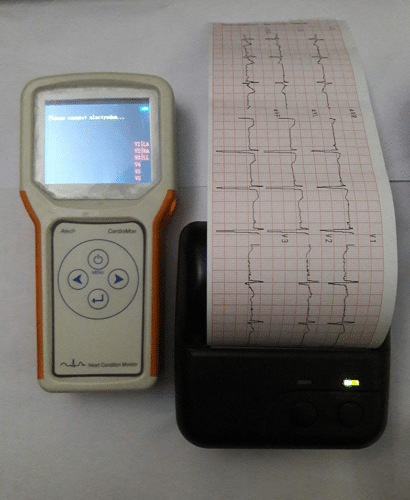
The complete CardioMon set is available at Rs.15,000 (GST additional) at Amazon.in as well as through some offline distribution channels. In the box, they provide the main CardioMon ECG monitor and analyser device, 10 electrodes and an ECG cable.
Feedback and improvements
The Anusandhan team has been working with doctors in and around Pune with their device. Improvements are being made based on feedback from them. “Dr. Pramod Narkhede of N. M. Wadia Institute of Cardiology has been a major contributor to the product life cycle. He has been practically testing CardioMon for the last eight months, and has been giving substantial inputs toward the user friendliness and usefulness of the product.” The addition of accessories such as the vest and printing feature was also driven by feedback from the doctors who were trying out the device.
Building the road ahead
Anusandhan Technologies plans to scale up production, based on the market performance of CardioMon. They are in the process of expanding their distribution channels through partners who have technical know-how and experience in these types of biomedical devices.
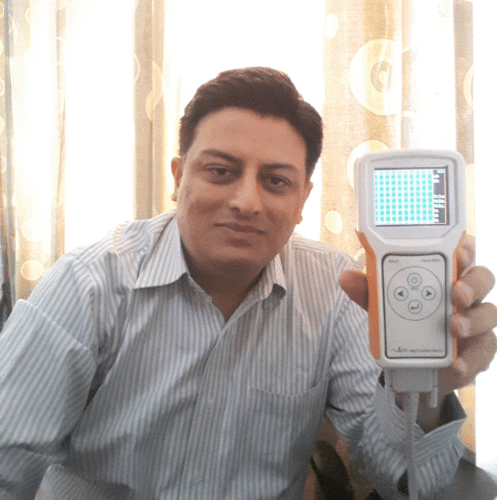
As a feature upgrade, they are ready to add support so that the results can be sent to doctors via Smartphone for their viewing and storage of records and monitor their progress. Bluetooth compatibility with desktops and laptops are also being looked into. The team has also filed for a patent for their vest. Ahead in the road, they plan to keep creating proprietary products, as well as products for other companies – whose main base will be research and innovation.
“India has so long been a service provider to the world. The culture of innovation and research has been clearly non-existent, even though we have some of the best minds and are ready to work hard. But somehow, we have always found it safe to repeat someone else’s success. Lack of support compounded with the fear of failure discourages us to take bold steps towards innovation”, candidly expresses Anuj.
“But today, it is good to see the rising number of innovators in India. However, the path to cover is long. It should be kept in mind that the necessity of a safe income should not end up putting innovation on a backseat”, he adds.
“On the sidelines of the ‘Make in India’ initiative, the time has come to have similar movement called ‘Innovate in India’ to relieve us from our dependencies on other nations for our consumer and defence needs”, concludes Anuj.








